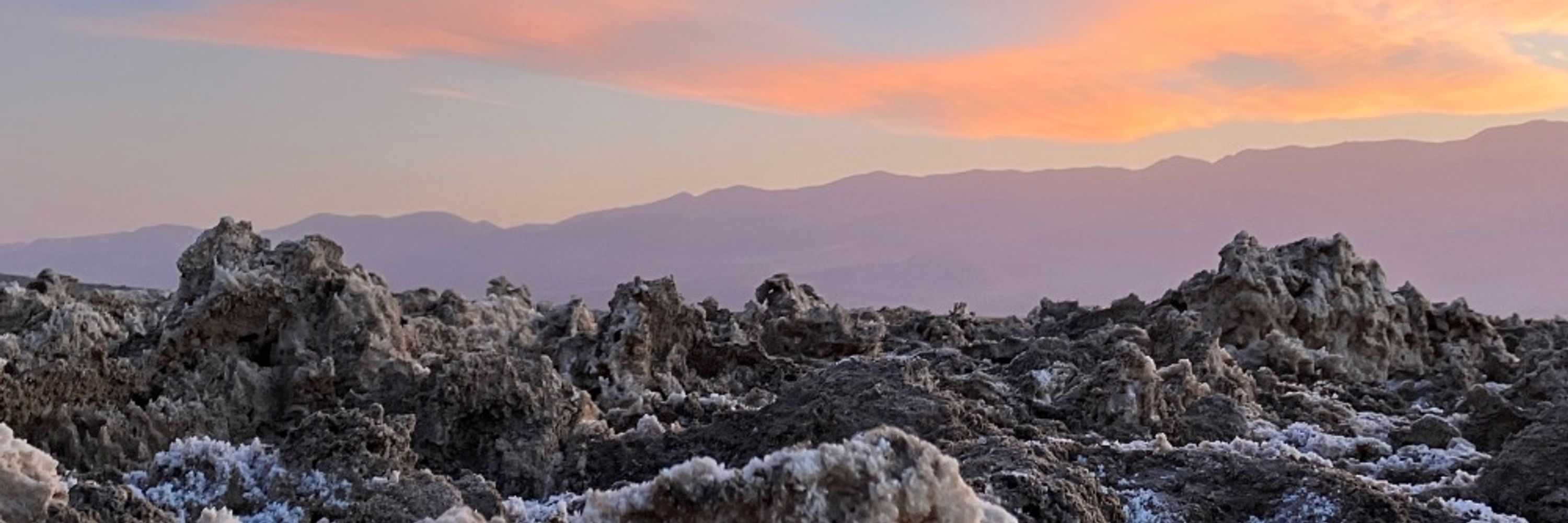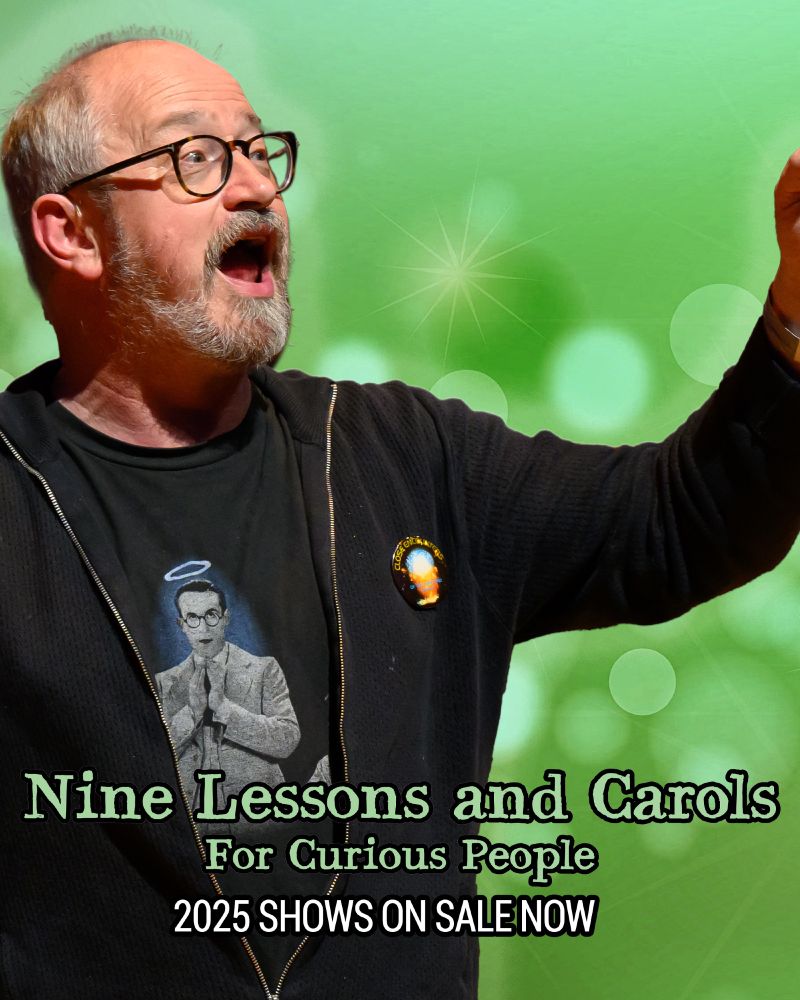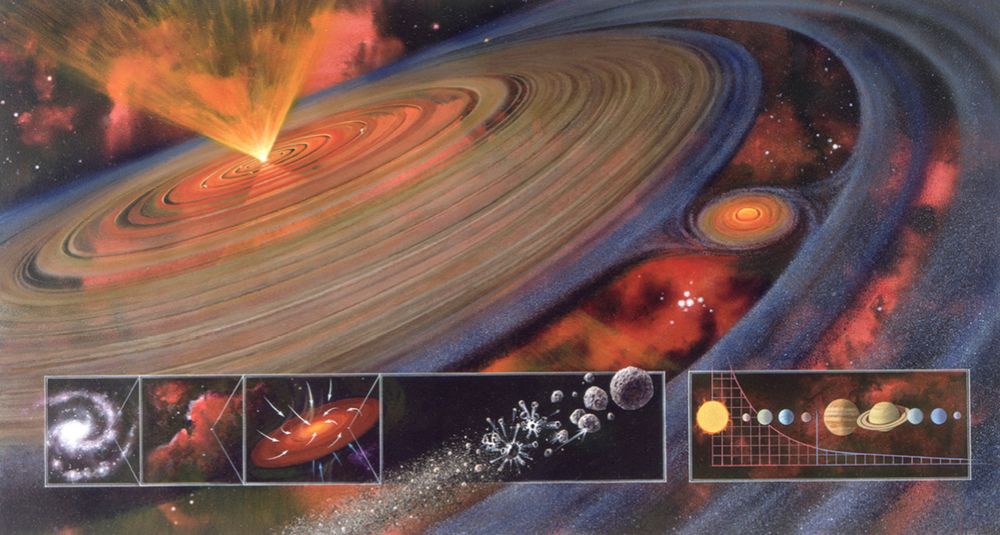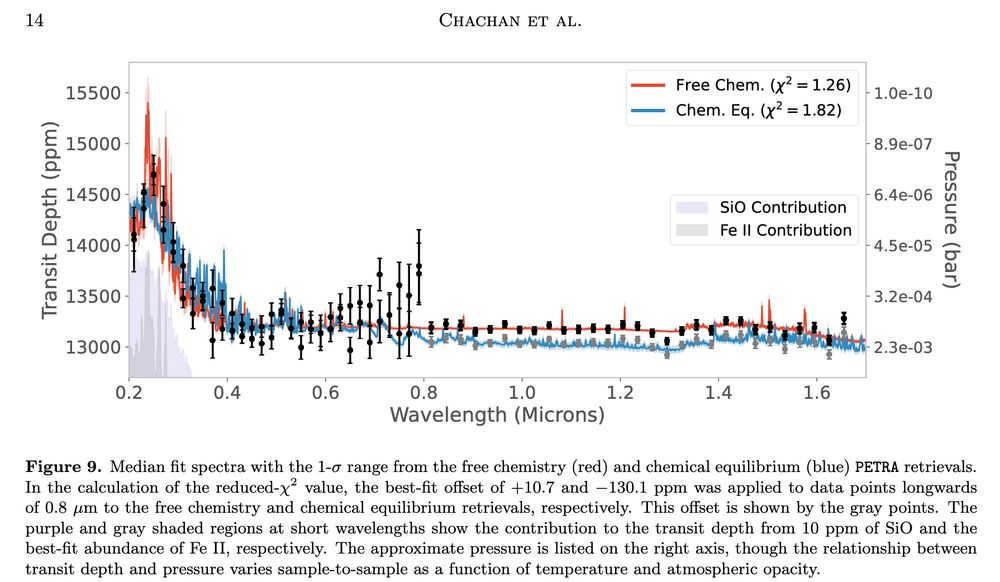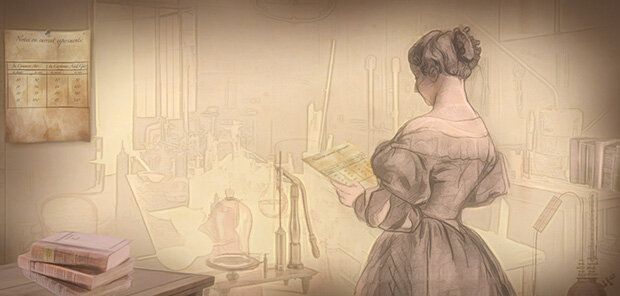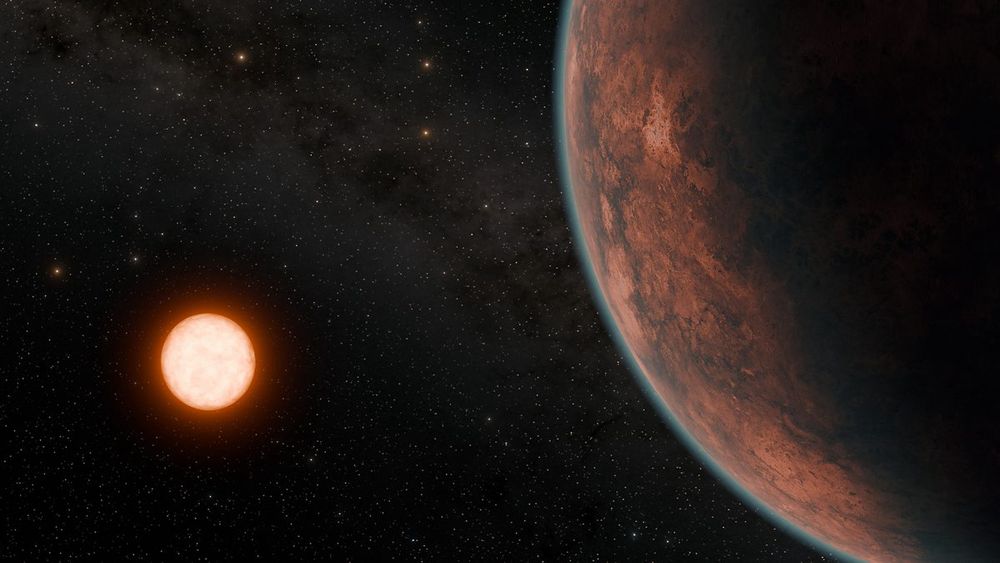Hannah Wakeford
@stellarplanet.bsky.social
1.1K followers
200 following
150 posts
Exoplanet scientist. Science communicator. Author. Podcaster. Miniature painter. Wife. Cat mum.
Posts
Media
Videos
Starter Packs
Reposted by Hannah Wakeford
Reposted by Hannah Wakeford
Reposted by Hannah Wakeford
Reposted by Hannah Wakeford
Reposted by Hannah Wakeford
Reposted by Hannah Wakeford
Reposted by Hannah Wakeford
Reposted by Hannah Wakeford
Reposted by Hannah Wakeford
Reposted by Hannah Wakeford
Reposted by Hannah Wakeford
Reposted by Hannah Wakeford
Jayne Birkby
@jaynebirkby.bsky.social
· Jul 29
Dr Joanna Barstow
@drjovian.bsky.social
· Jul 29
Dr Joanna Barstow
@drjovian.bsky.social
· Jul 28
Reposted by Hannah Wakeford
The Royal Society
@royalsociety.org
· Jul 17

Faraday Discovery Fellowships Accelerated International Route | Royal Society
The Faraday Discovery Fellowships Accelerated International Route provides a fast-track option for attracting mid-career researchers looking to relocate to the UK from overseas, providing up to £4m ov...
royalsociety.org
